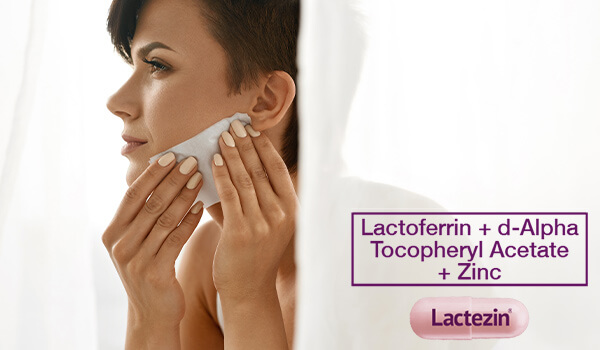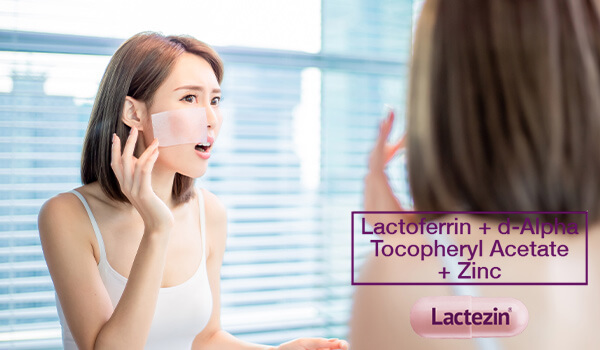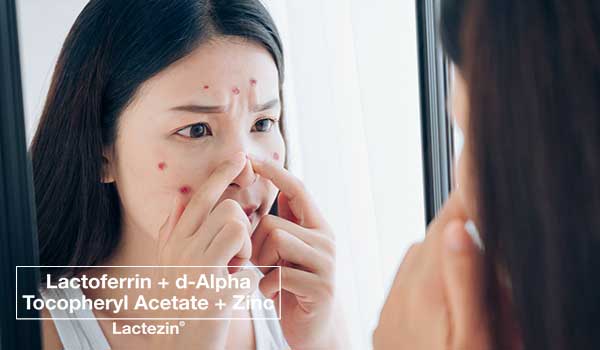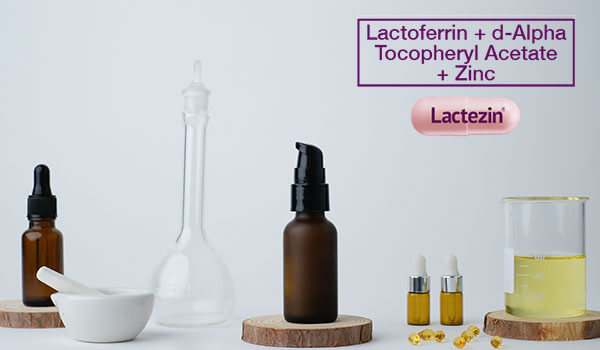Skin Types: How to Tell if You Have Dry or Pimple-Prone Oily Skin

There are many ways of doing skin care, then there’s a correct, suitable way of doing it. It all starts with getting to know your skin. Can’t tell if you have a normal, dry or pimple-prone oily skin? Let this quick feature on skin types guide you.
Skin Types: Meet the Main 5
Knowing and understanding your skin type is the important first step in getting your skin the right care with the right products and practices. But before we get to the ways you can determine your skin type, let’s take a short refresher on the 5 main skin types:
- Normal skin is skin that’s not too dry or too oily. Because there’s a balance in moisture, those with this skin type rarely have issues with acne, breakout and flakiness.
- Dry skin generally feels and appears tight, rough, scaly, or itchy.
- As its name suggests, oily skin is characterized by excess oil, commonly noticeable on the t-zone (forehead, nose and chin). Those with oily skin tend to look shiny, feel greasy and may be prone to blemishes and breakouts.
- Combination skin is oily and dry in one. Certain areas of the face (usually the cheeks) would appear dry while others such as those in the t-zone would regularly be shiny and oily.
- Sensitive skin appears differently from person to person. But the common signs are redness and dryness with a tight or burning sensation, especially right after when the skin is exposed to various elements. It’s important to note that for some, sensitive skin does not show visible signs.
Can you tell your skin type just by the descriptions listed above? It helps to be extra sure, so as to avoid skin irritations and other unpleasant effects when implementing adjustments to your skin care routine.
Quick Ways to Identify Your Skin Type
In trying to uncover what your skin type is, know that there is no need to leave the comforts of your home. The following methods are easy enough to be done at home.
Study Your Skin: Bare Face Method
Start with observing your skin’s default appearance. Here are steps you can incorporate into tonight’s skin care routine:
- Washing face with a mild cleanser.
- Pat dry, gently with a soft face towel.
- Wait for around 30 minutes, skipping application of other skincare products.
- Observe the areas of your facial skin. What does it look like?
Guided with the previous descriptions, check if your skin appears shiny or matte. Does it feel tight? Oil in the t-zone means oily skin, while flaky and stretched leans towards dryness. If there is a noticeable unbalanced mix of shine and matte, you’re likely to have combination skin.
Overnight Test
A variation of the bare face way is the overnight test. Simply wash your face with a gentle cleanser and leave your face bare overnight. Your skin’s appearance and feel in the morning should clue you in on what type of skin you have.
The Blotting Paper Test
Another easy method for identifying your skin type is with the use of a clean blotting sheet. Just pat and press a clean blotting sheet on various spots on your face. Hold the sheet up to a light source and study how much oil was absorbed. Oily skin would fill a beyond two-thirds of the sheet; normal skin would show minimal, or about one-third; and dry skin would have no visible oil marks.
Managing Pimples in Oily Skin
Having oily skin is not all bad. Sebum (a formal term for oil produced by the sebaceous glands of the skin) plays the important role of keeping the skin healthy, hydrated and protected. Studies say that oil keeps your skin look young and less dull.
It’s when there’s too much oil that problems with acne and breakouts happen. This is why those with oily skin would regularly have pimples, among other types of acne. But when cared for properly, oily skin can look balanced with a more dewy, rather than greasy, appearance. Check out these simple ways to manage oily skin and minimize pimples:
- Eat less oily and processed foods, as these can fuel the skin’s oil production.
- Go gentle with your skincare products. Remember that the goal is to keep oil levels balanced rather than to dry it out, so make sure to stick with skincare products that are not too harsh.
- Don’t skip using moisturizer. It’s simply a non-negotiable in any skin care routine. Oily or not, your skin needs hydration especially after cleansing.
- Take oral medication. Know that you can subscribe to over-the-counter medication that can help minimize oil and acne. Lactezin has lactoferrin, vitamin E and zinc that work together to help lessen pimples.
Learn more about skin types, the right care and using the right skincare products. Get your acne questions answered with expert pimple care tips and advice, only from Lactezin.
SOURCES:
https://www.kiehls.com/skincare-advice/how-to-determine-your-skintype.html
https://www.truselforganics.com/blogs/news/how-to-determine-your-skin-type
https://21ninety.com/how-to-define-your-skin-type
https://www.everydayhealth.com/beauty-pictures/the-6-most-effective-ways-to-manage-oily-skin.aspx


